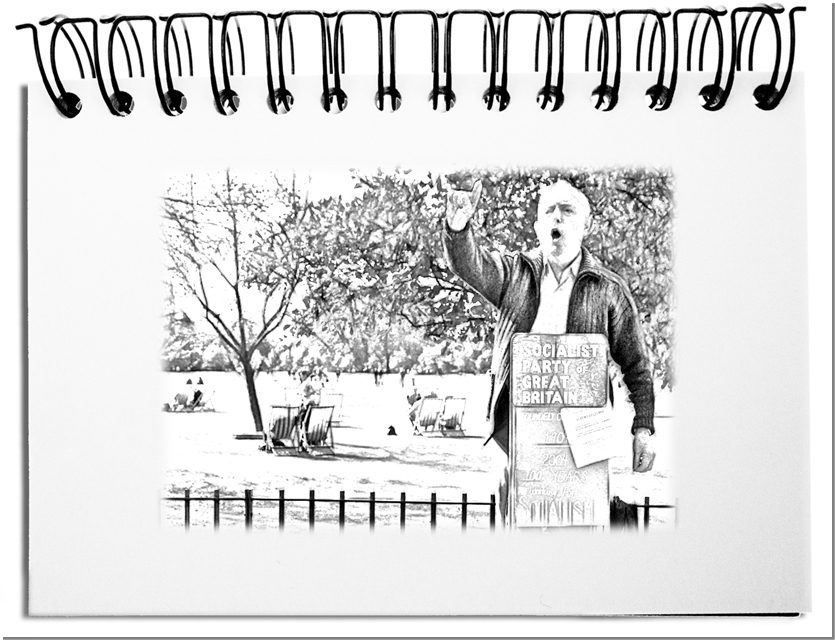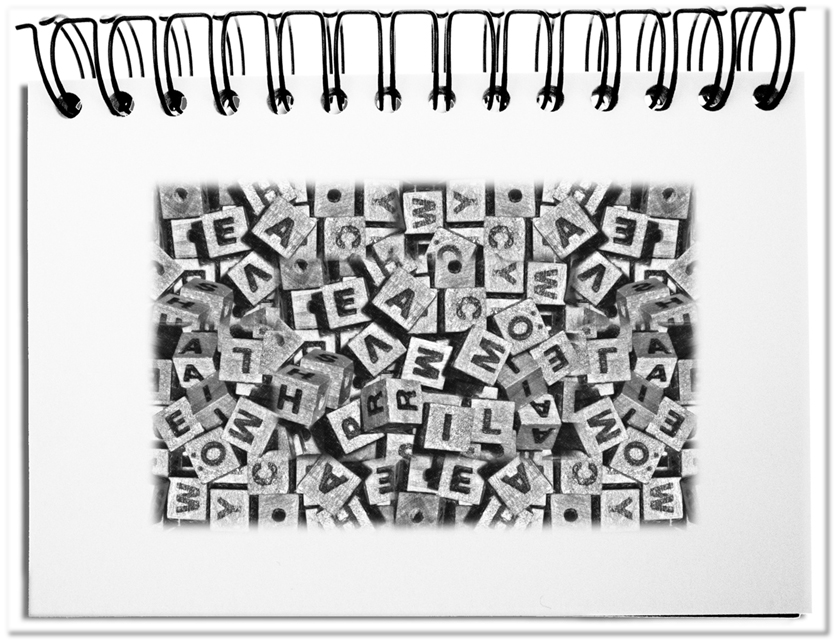We ALWAYS perceive the world with our senses. That way, we only see and hear what our filters let through – what we already know and sometimes we notice something unknown. All sensory impressions, including the media, we examine and classify them as true or false. For example, we derive from persons’ visible behavior, expectations, intentions, beliefs, and mental models, which altogether become our actual image of the person. More reliable seem to be the external facts that suggest with their measurability reliable truth. An excellent example of the vagueness of standards are the Japanese room sizes measured in Tatami. The look into a typical room shows six Tatami. This size corresponds to a good 9 m2 in Tokyo and East Japan and almost 11 m2 in Kyōto and West Japan. However, people who do not know, believe that Japan’s standard room is the same size, namely six jō. What remains are the opinions, which are assumed by each and every one as truth.
Statements lose their claim to truth as soon as the audience interprets them. Fact checks degenerate to an additional distortion of meaning due to the filters of the fact-checkers. The following points show the limits to the formation of opinions.
- Words determine the limits
Observe your inner images that result from reading the following examples.
Example 1: A crowd of concerned citizens gathered in the marketplace in order to campaign for a different distribution of support measures.
Example 2: A group of right-wingers rioted under the war memorial against left-wing alternative groups’ unfair preference.
Example 3: 45 people; marketplace; stake of prohibition signs, with messages like more justice for families; equal opportunities for all, better sick than ruined, etc.
Facts can be charged negatively or positively by choice of words, regardless of the particular situation. Authors can strengthen the effect by adding evaluative sense: Freedom fighters or terrorists; state power or security forces; legitimate or unauthorized; all and everyone versus Group-A and Group-B; or currently lateral thinking, which usually means innovative thinking but is hijacked in Germany by conservatives as a synonym for resistance to Covid measures.
- Image crops move the border
A picture reporter photographs the event from different perspectives – sometimes on the stake; sometimes on selected signboards; sometimes on combat boots; sometimes on individual persons pressed to the ground by three helmeted police officers; sometimes on single police officers pushed to the ground by several masked activists; from the perspective of the demonstrators on the policemen; from the perspective of the policemen on the demonstrators; from below; from above; from a long shot showing all the demonstrators; a long shot showing the top of the demonstration and not allowing any conclusion about the total number of participants.
The image crop influences the still image in the same way as the moving image. In both cases, the cameraman decides on the respective image detail.
- Video edits dynamize the border
The moving images are cut in the studio and composed as desired. Small sequences of 1 to 10 seconds are created from the original material and reassembled. The resulting cut-outs and the new order produce the truth that will be perceived by the viewer. Whoever lies on the floor first is the victim – depending on the cut, a representative of the authorities or a demonstrator lies on the floor and gets maltreated. Whoever maltreats people becomes the perpetrator, who is defeated becomes the victim. Additionally, the selected image details enforce the effect (see above). The cutters or editors determine the rhythm of the images and the interaction with the sound.
- The sound supports the border
Most of the time, movies include sound – original sound, separately recorded ambient noise, music or commentators in the background, and post-synchronized voices – the skillful mix results in the soundtrack of films. The smart design of the sound influences the effect of the images without consciously noticing the sounds – impure voice recordings, e.g., intense noise or reverberation upsets; the tone of the commentary (e.g., fast or slow pronunciation, loud or soft; euphoric or dubious whispering) creates the basic mood; the scale of the music (i.e., major or minor) creates additional feelings; the background noise adds additional dynamic (e.g., the noise of machines; strong or light wind; even splashing of water or thundering breakers; etc.). Sound engineers thus contribute significantly to the mood of a film.
- Thinking patterns set the limit
In the end, viewers and listeners decide how they interpret the content provided. The perspectives result in different truths for everyone – depending on chosen words and design. When “translators”, e.g., critics, curators and, commentators, interpret the content they incorporate their opinions involuntarily. This usually happens unconsciously – even if some exploit the vagueness to twist the meaning. For example, the thought pattern of freedom: some understand not being forced to do anything, i.e., to be independent of others’ pressure. Then there are the liberals in politics, who believe they can act freely, which means for them to do with others what they want.
Bottom line: The term ‘Alternative Facts’ describes this new norm perfectly. Populists recognized this term’s value early on and used it to defend themselves against statements from competing groups. It culminates in the claim to have the true facts. Before the printing of books hundreds of years ago, People passed on contents mainly orally. With the dissemination of content by publishers and later broadcasters, the respective institutions took control of what was supposed to be a fact. With the Internet, Pandora’s box has been opened. Everyone can participate today. Unfortunately, many do not understand that by posting something on the Internet, they are PUBLISHING. It makes visible what is going on in people’s minds. The boundaries are determined by choice of words, the image crop, the editing of images, the sound, and last but not least, by the target group’s thinking patterns. This is what makes opinions to the new truths – and we must learn to deal with it, now.


